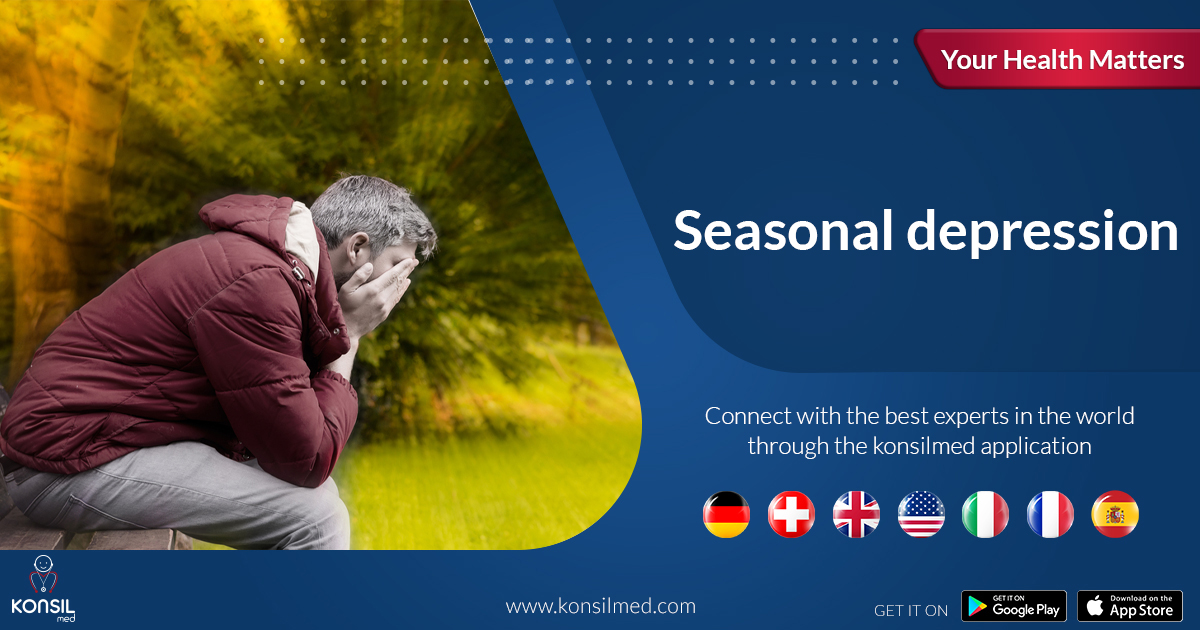
Seasonal depression or seasonal affective disorder is a state of depression that often appears at the beginning of the fall and ends in the spring, but it is possible to overcome it in natural ways or by using some modern treatments.
Symptoms of seasonal depression:
Symptoms of seasonal depression are similar to those of other types of depression, but they often begin mildly in the fall and increase in severity with the winter.
Here are the most important symptoms of seasonal depression:
*Feeling sad.
*Fatigue.
*Weak ability to concentrate.
*Loss of interest in doing favorite activities.
*Feeling disturbed and anxious.
*Increased appetite and intense desire to eat carbohydrates.
*Change in sleeping pattern and sleeping for long hours.
*Difficulty making decisions.
*Thinking about death.
It is worth noting that it is normal for a person to feel some of the above-mentioned symptoms from time to time, but it is important to see a doctor if symptoms of seasonal depression are accompanied by the following conditions:
*The person feels depressed for several days.
*Changes appear in sleep patterns and appetite.
*The person is having suicidal thoughts.
Diagnosis of seasonal depression:
The diagnosis is often made based on the symptoms of seasonal depression, and there is no specific laboratory test to diagnose it, but there are some tests that help the specialist doctor or psychiatrist arrive at a diagnosis of the condition, including:
* Conduct a clinical examination and physical examination, to rule out physical pain that can sometimes cause depression.
* Conduct a blood test to rule out physical diseases or more complex psychological diseases. For example, a complete blood count and thyroid activity are examined.
*Conduct a psychological evaluation whereby the specialist doctor asks the patient questions regarding his thoughts, feelings, and behavioral patterns.
*Use the Analytical and Statistical Manual of Mental Disorders (DSM-5) to determine the criteria for seasonal depression listed in the manual and to assist in diagnosing the condition.
Treatment of seasonal depression
After learning about the symptoms of seasonal depression, here are the ways to treat seasonal depression, both medical and non-medical:
1. Non-medical treatments for seasonal depression
It consists of the following:
*Spend time outside and be exposed to daylight.
*Eat a healthy diet that includes vitamins and minerals.
*Exercise regularly for half an hour three times a week.
*Practicing social activities.
* Follow relaxation techniques, such as: practicing yoga and meditation.
*Following music and art therapy methods.
2. Medical treatments for seasonal depression
In general, the symptoms of seasonal depression improve on their own with the change of seasons, but with the use of appropriate treatment, the annoying symptoms are eliminated faster.
There are three main methods for treating seasonal depression that the doctor may prescribe in combination or separately:
Phototherapy:
It is the mainstay of treatment for seasonal depression, in which the patient sits for between twenty and sixty minutes daily in the morning in front of a special light box that emits bright rays that mimic natural sunlight, aiming to cause chemical changes in the brain aimed at improving mood. Symptoms of seasonal depression usually improve during Two weeks from the start of treatment.
Light therapy has some side effects, such as: eye strain, fatigue, headache, and insomnia.
It should be noted that there are some cases in which light therapy cannot be used, such as: diabetes, retinopathy, and the use of some medications.
Drug treatment:
If the symptoms of seasonal depression are severe, antidepressant medications are used.
Antidepressants may cause annoying side effects that should be discussed with a specialist doctor. Symptoms begin to improve within two to four weeks of starting treatment.
Psychotherapy:
Cognitive behavioral therapy (CBT) is a type of psychotherapy that aims to identify negative thoughts and behaviors and replace them with more positive ones through behavioral activation techniques.







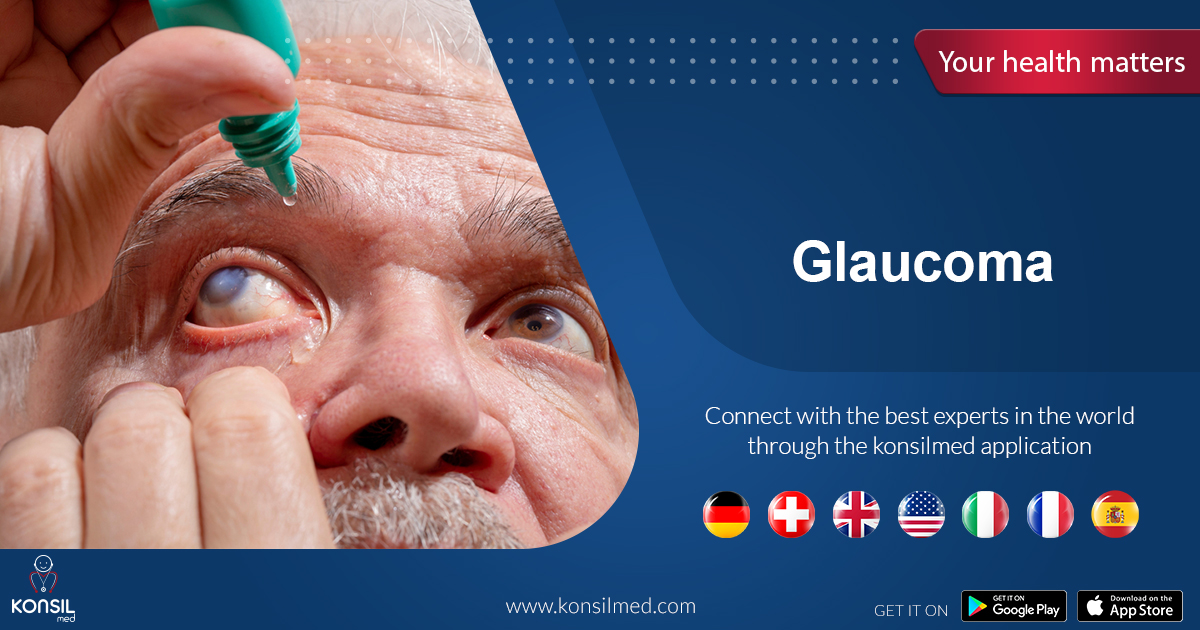

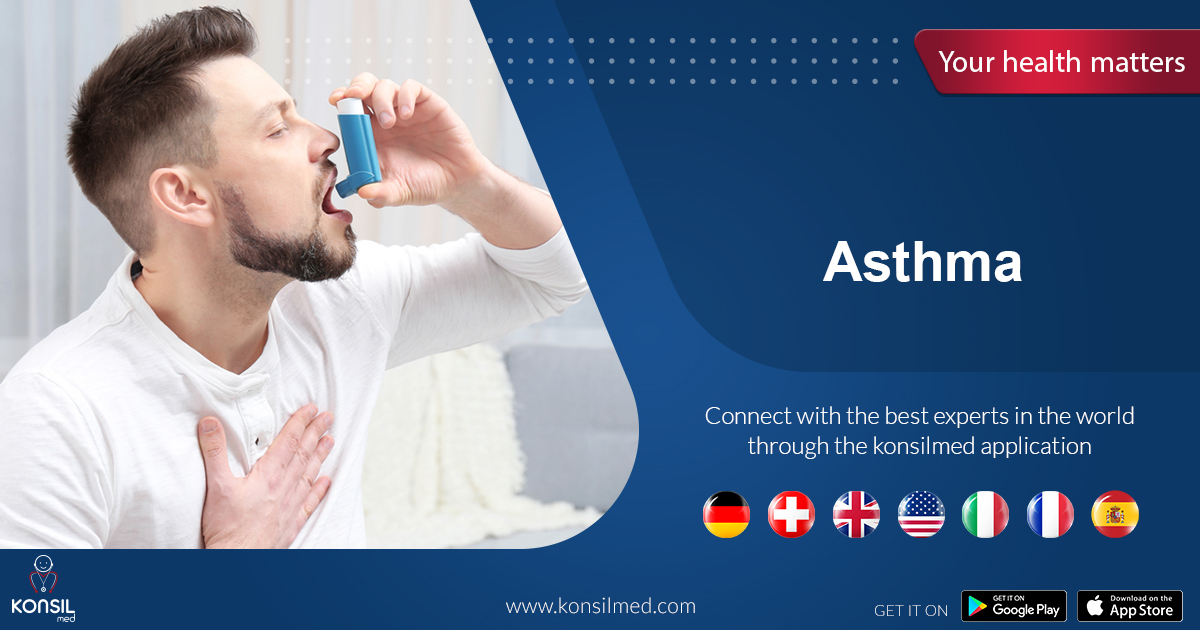



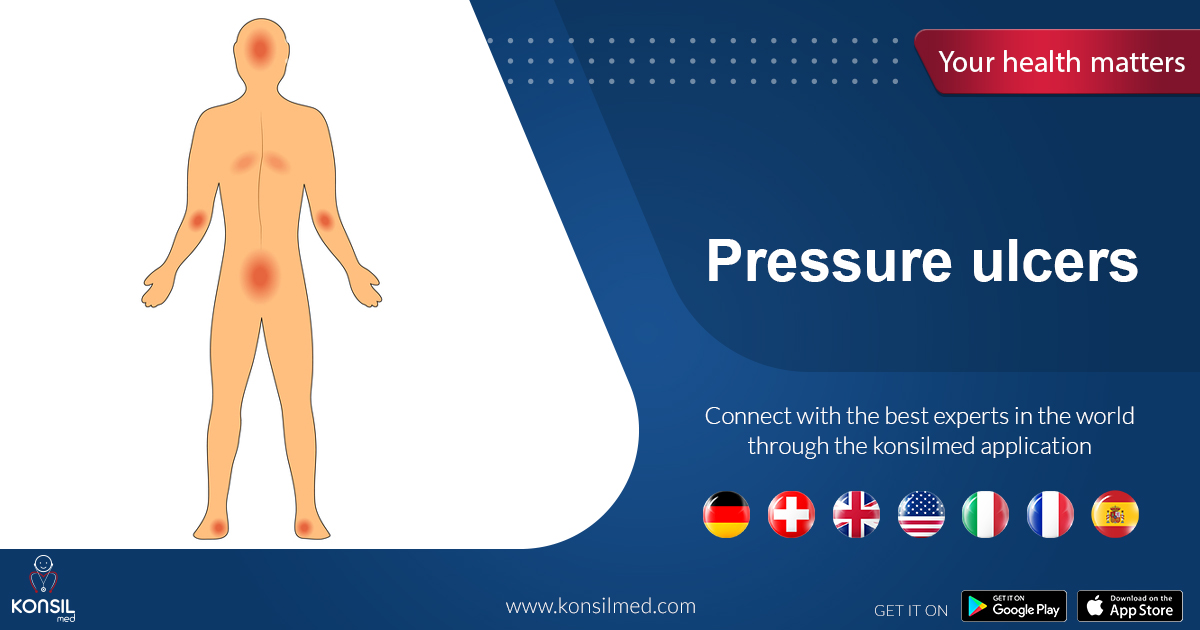





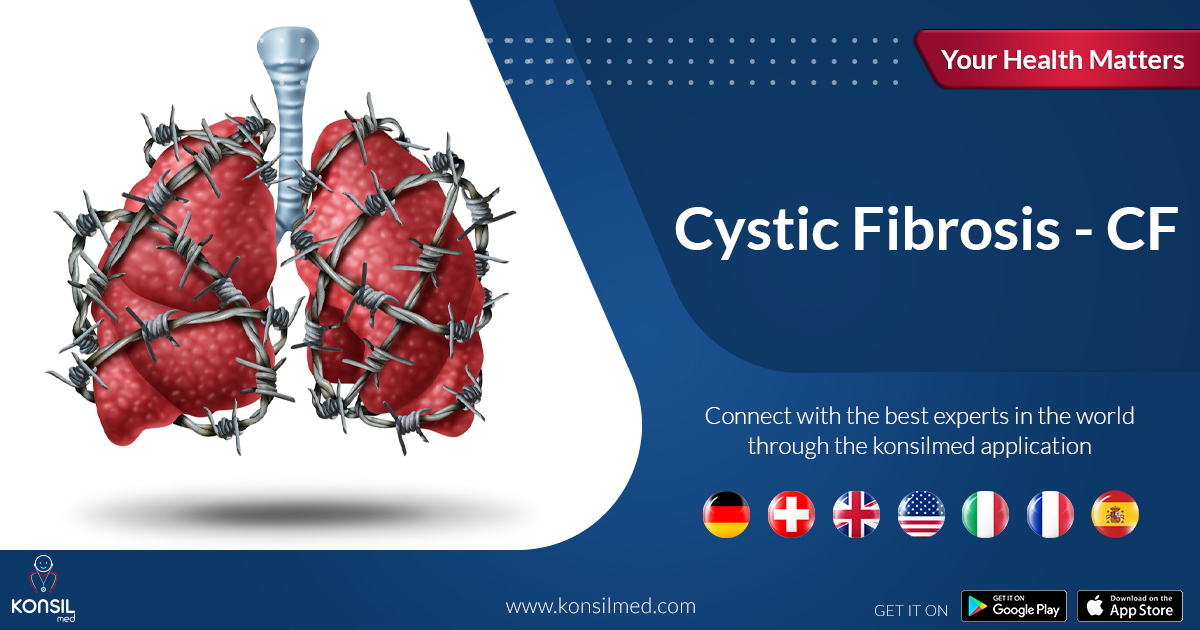


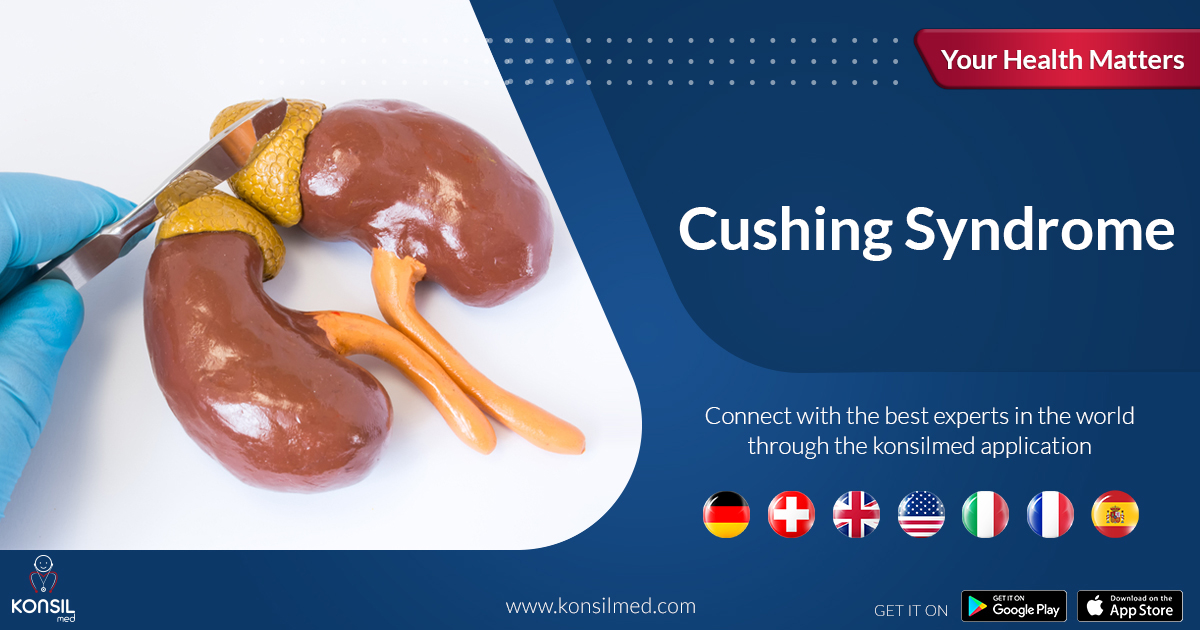






































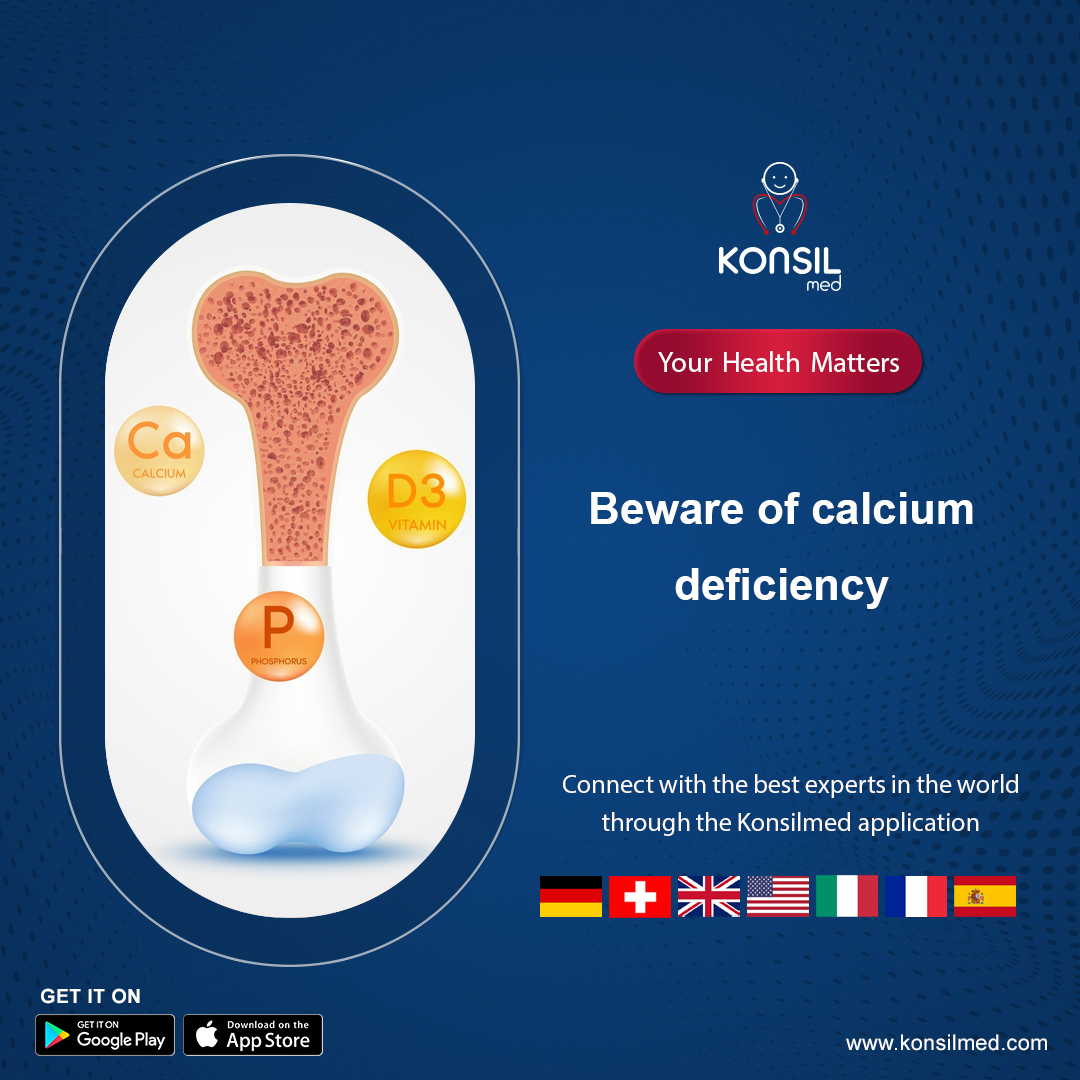



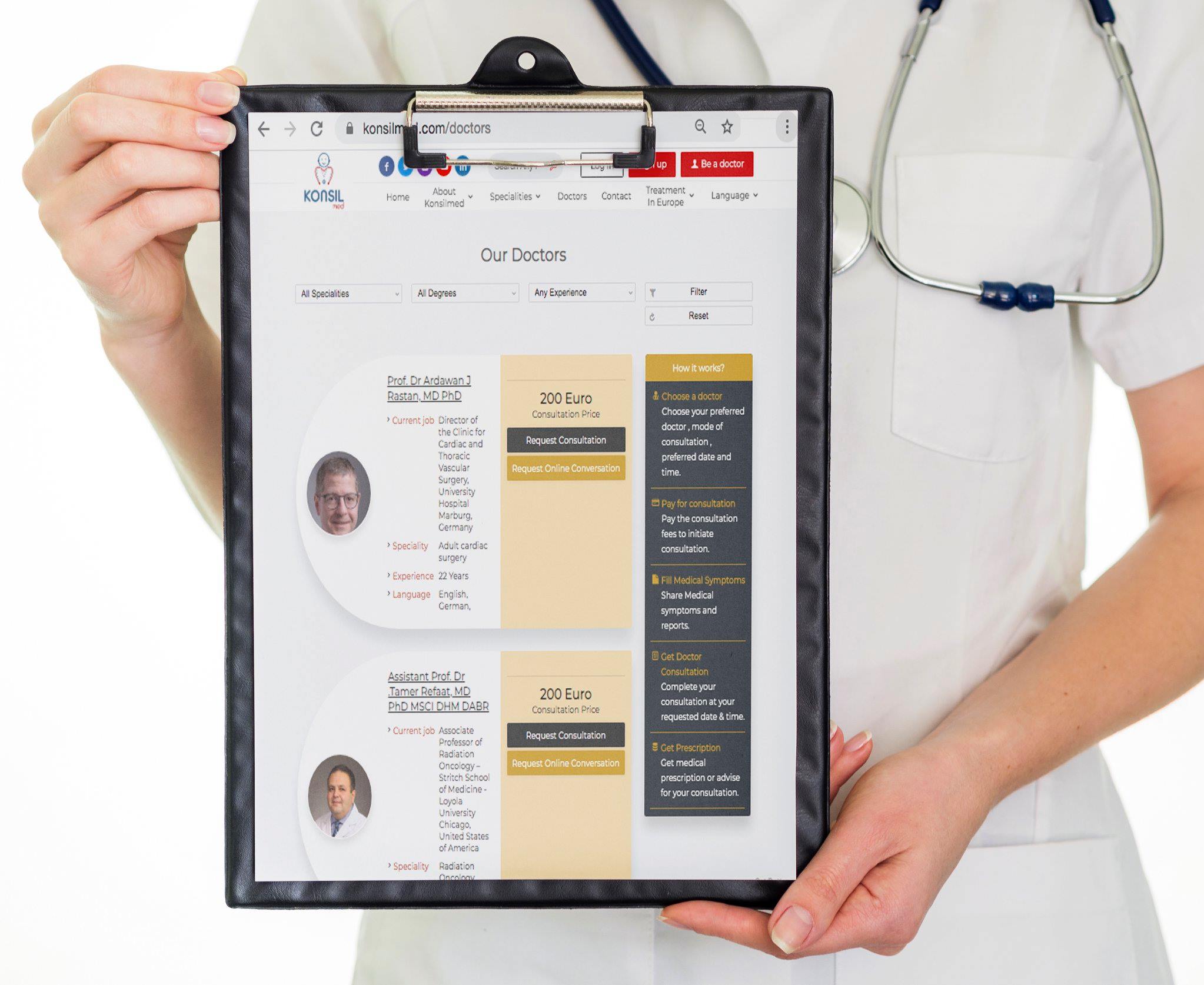

.jpg)
.jpg)